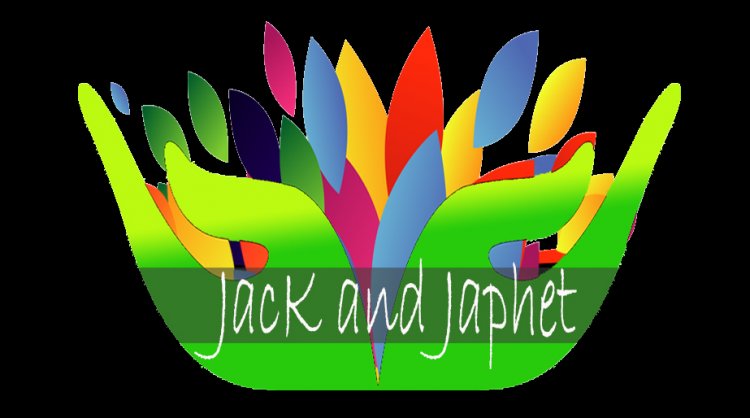Killers of Flower Moon star says Native Americans need allies like Scorsese
CANNES — Lily Gladstone, who grew up on the Blackfeet Indian Reservation and stars in Martin Scorsese’s study of white society’s treachery, said the director was a powerful ally in telling the world what communities like hers had always known. In the film Killers of the Flower Moon, which premiered at this year’s Cannes Film […]

CANNES — Lily Gladstone, who grew up on the Blackfeet Indian Reservation and stars in Martin Scorsese’s study of white society’s treachery, said the director was a powerful ally in telling the world what communities like hers had always known.
In the film Killers of the Flower Moon, which premiered at this year’s Cannes Film Festival, Ms. Gladstone plays Mollie Burkhart, a member of the Osage Nation whose family members die under suspicious conditions in 1920s Oklahoma.
Because of his global reputation, Mr. Scorsese was uniquely placed to dispel the myths that have prevailed, she said.
“Who else is going to challenge people to challenge their own complicity in white supremacy … except for this man here? Other artists are doing that work — people listen to what this one says,” she said. “We need these allies.”
Referring to deceptions that have prevailed, Ms. Gladstone asked: “Why the hell does the world not know about these things? Our communities always have.”
FAMILIAR FACES
The film is based on the best-selling book of the same name, about a series of murders under suspicious circumstances that target the oil-wealthy Osage Nation in 1920s Oklahoma.
Killers of the Flower Moon sees Mr. Scorsese team up with two of his muses, Leonardo DiCaprio and Robert De Niro — who stars in Scorsese’s only Palme d’Or winner, 1976’s Taxi Driver.
Jesse Plemons also stars in the film, with Brendan Fraser and John Lithgow showing up in small parts.
In the film, Ms. Gladstone marries her white driver Ernest Burkhart (Leonardo DiCaprio), whose uncle is the “King of the Osage Hills” William Hale (Robert De Niro).
Hale presents himself as a friend of the oil-wealthy Osage, while instigating their murders to cash in on the deaths.
The film received a nine-minute ovation after the premiere, with Gladstone visibly tearing up as the applause continued.
WORKING WITH THE OSAGE
The director, who filmed entirely on location in Oklahoma, said the more he learnt about the Osage, the more he wanted to put into the nearly four-hour film.
“I wanted to know everything I could about the Osage, and it’s overwhelming,” he said.
“Shooting out there (in Oklahoma), there’s lots of grass — I’m a New Yorker. I was very surprised, wild horses and stuff,” said Mr. Scorsese after the premiere. “We also lived in the world with the Osage. We really miss it now,” added the director.
Mr. Scorsese was in contact with the Osage throughout the film, in which more than 44 roles were played by Osage actors, and any time it was not possible to fill the role with an Osage actor, a Native American actor was cast, according to a press release.
Chief Standing Bear, principal chief of the Osage Nation, said Mr. Scorsese had restored trust.
“My people suffered greatly. To this very day, those effects go with us. But I can say on behalf of the Osage, Scorsese and his team have restored trust and we know that trust will not be betrayed,” Chief Standing Bear told journalists in Cannes.
WELL RECIEVED
Some critics took the film to task for its length, but overall it was well-received, with the Irish Times’ headline capturing the general consensus: “Scorsese’s new epic is long and sprawling, but the great man still has it.”
The film was shown out of competition, though festival director Thierry Fremaux said that he had extended an invitation for it to enter the running for the Palme d’Or after Apple agreed to release it in theaters before streaming it.
Apple has teamed up with Paramount Pictures to release the film exclusively in theaters on Oct. 6 before streaming it — one of the preconditions of being eligible to compete at Cannes. — Reuters













